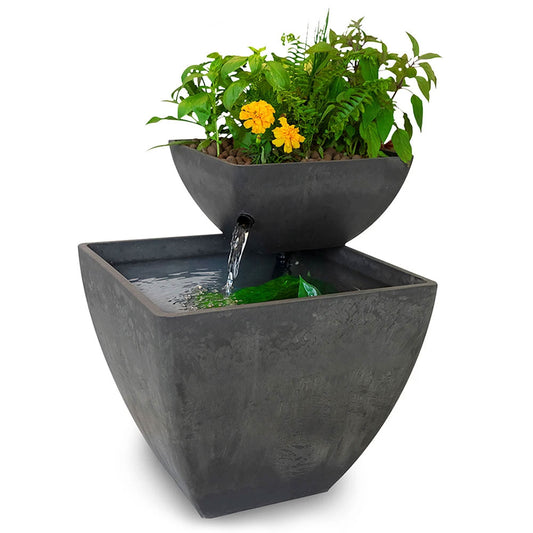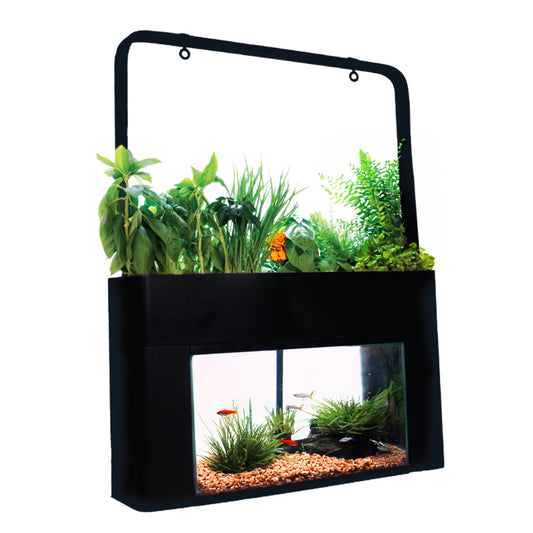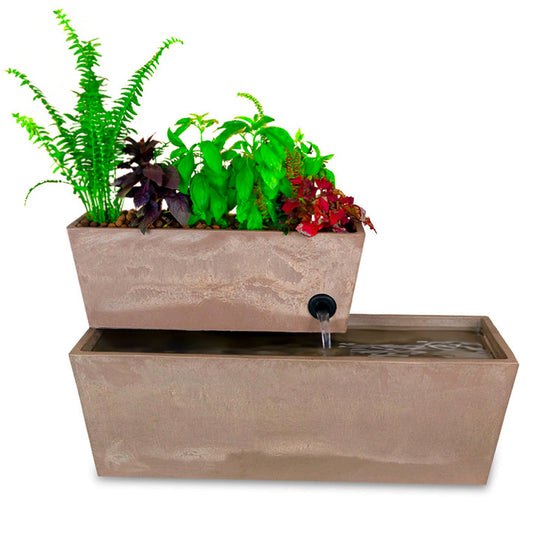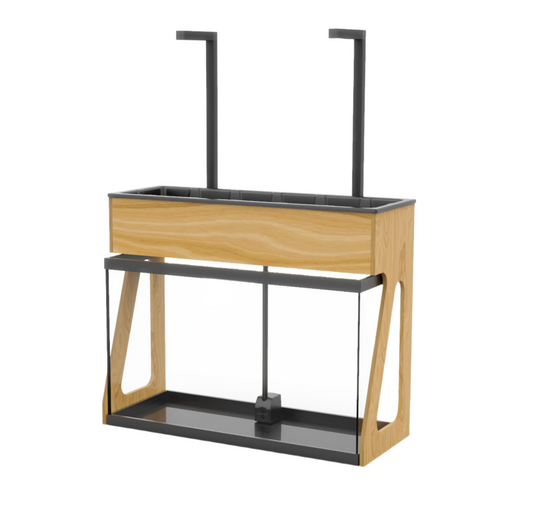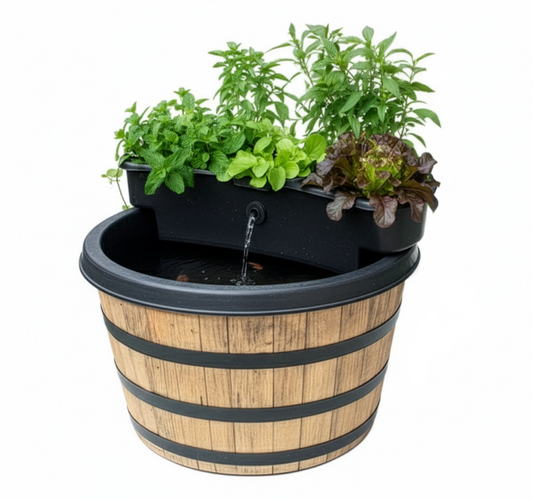Homeschooling: Urban Farming At Home Is Easy With AquaSprouts!
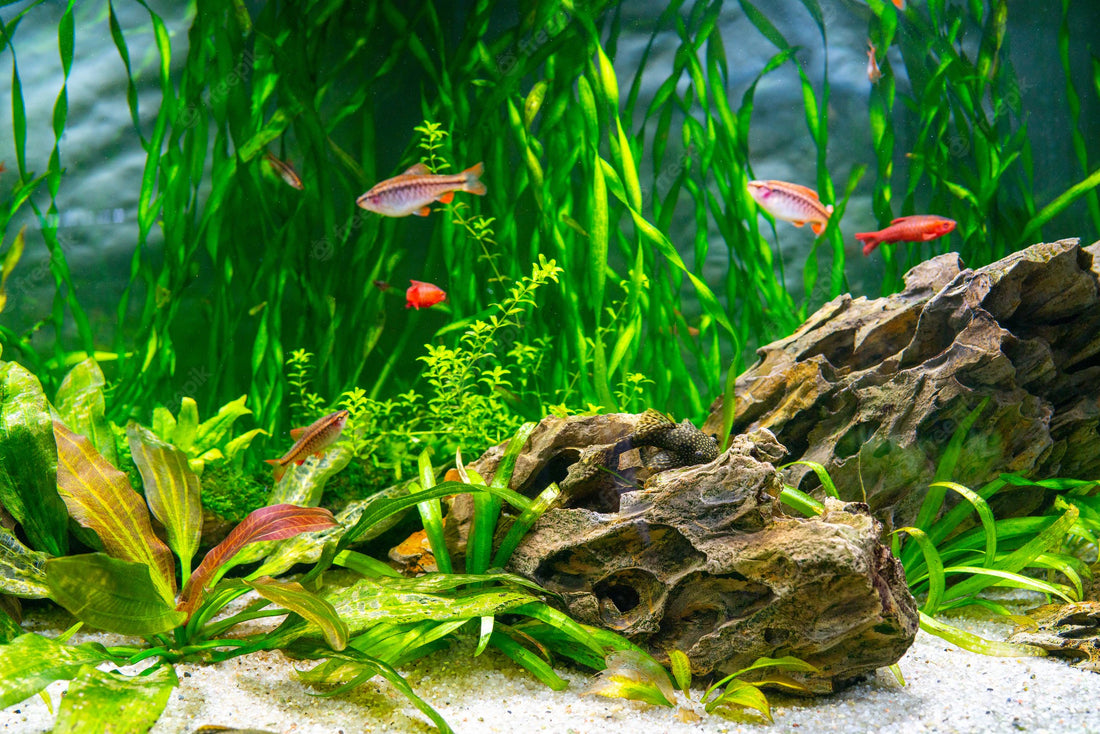

For children sitting in a classroom five days a week, a break from traditional learning is enough for them to open their eyes, get excited and get actively involved in their learning. Teaching science with experiments, hands on activities and student focused tasks is an exciting area of the curriculum.
Traditionally students learnt through information being presented to them, but we should be encouraging children to ask the questions, to investigate their ideas and formulate their own solutions. Science, at its heart, is inquisitive, it's getting your hands dirty (figuratively and often literally) and learning from the development of ideas.
Aquaponics is a great resource in science education for students. Aquaponics is the relationship between aquamarine life and plant growth without a soil base. An innovative way to grow produce, promoting sustainability. A aquaponic set up in the classroom gives students the opportunity to ‘get their hands dirty’ in the set up, watch the evolution of the system and research the integration of alternative farming systems into real world scenarios.
Children love to see outcomes of their work, they thrive on seeing the progression of their ideas and this is exactly what an aquaponics set up can give them. They watch the fish grow, they are in-charge of the water health, the filtration system, learning and caring for the health of the fish. Once they set up the grow beds, plant the seeds, they are then exposed to a very unique cycle using the byproducts of marine life to convert nutrients to the plants, that can be then harvested and used in their diet. This is an exciting, inclusive and stimulating tool to support the children in classroom learning.
AquaSprouts supports the science education and technology curriculum for educational institutions in the aquaponics area. They provide various solutions, both ready to use and tailor made, for all year levels, all budgets, while providing excellent follow up support.

